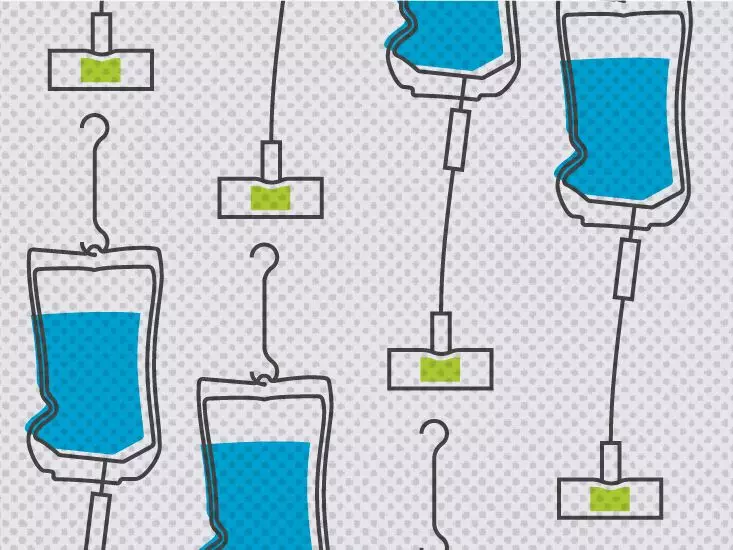Kisunla, also known as donanemab-azbt, is a medication prescribed for the treatment of Alzheimer’s disease in adults. It is classified as a biologic drug that falls under the drug class of beta amyloid-directed antibodies. Kisunla is administered through intravenous infusion and should only be given by a healthcare professional. Unlike some other medications, Kisunla does not have a biosimilar version available on the market.
Dosage Information for Kisunla
The standard dosage of Kisunla is typically delivered as a liquid solution in a single-dose vial. The solution contains 350 milligrams (mg) per 20 milliliters (mL) of solution, which translates to 17.5 mg/mL. It is essential to note that the dosage of Kisunla should be determined by a doctor based on the individual needs of the patient. The initial dosage prescribed by the doctor is usually low, with adjustments made over time to achieve the optimal amount for the patient’s specific condition.
Recommended Dosages for Alzheimer’s Disease
In the case of treating Alzheimer’s disease, doctors may start patients on a dose of 700 mg, which is administered via infusion every 4 weeks. Following the initial doses, the doctor may consider increasing the dosage to 1,400 mg every 4 weeks. This higher dosage is often recommended as the maximum amount of Kisunla for Alzheimer’s disease treatment. Ultimately, the doctor will decide on a maintenance dose that best suits the patient’s requirements.
The intravenous infusion of Kisunla is usually carried out in a hospital, infusion center, or clinic setting by a qualified healthcare professional. The liquid solution is prepared by diluting the Kisunla vial before administering the infusion. The infusion process typically takes around 30 minutes, and patients are usually required to remain under observation for at least another 30 minutes following the infusion.
Kisunla is intended for long-term use in the treatment of Alzheimer’s disease. If the patient and doctor agree that Kisunla is a safe and effective option, it is likely that the medication will be used on an ongoing basis. Prior to initiating treatment with Kisunla, the doctor will discuss a comprehensive treatment plan with the patient.
Accessible Drug Labels and Containers
To facilitate the usage of Kisunla, some pharmacies provide drug labels with larger print, braille, or QR codes that can be scanned with a smartphone for text-to-speech conversion. Patients encountering difficulties in opening medication bottles should consult their pharmacist about using an easy-open container for Kisunla. Additionally, pharmacists may recommend tools to assist in opening bottles more easily.
As with all medications, it is crucial to follow the guidance of a licensed healthcare professional when taking Kisunla. The information provided in this article is for informational purposes only and should not replace the advice of a medical professional. Patients should always consult with their doctor or another healthcare provider before starting any new medication. The information regarding Kisunla, dosages, and usage is subject to change and should not be considered exhaustive of all possible uses, precautions, or effects of the drug.

